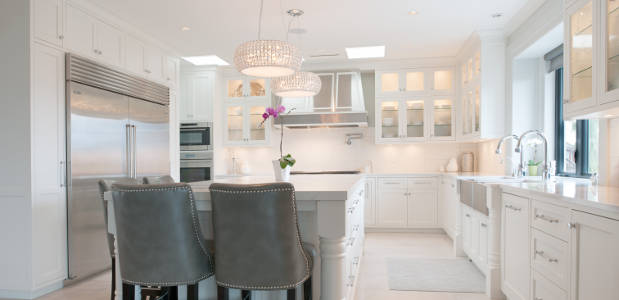
If you’re out there looking for new cabinetry for your kitchen, bath, or elsewhere in your home, you’re sure to run into choosing between a face frame cabinet and a frameless model. Both schools of cabinetry have their supporters, though for the purpose of this article, we’ll try to stick to what makes a face frame cabinet such an attractive option for many homeowners.
What is a Face Frame Cabinet?
In face frame styles of cabinetry, the cabinet box is finished and held together by a separate cabinet frame that is attached to the front surface of the cabinets. Frameless cabinets, on the other hand, have no front frame. The cabinet box itself provides the structural stability for the cabinet. So why go with face frame? The answer here is simple: structural stability. Face frame construction has become “the American way” of cabinet building over the past several hundred years, and the truth of the matter is that they are generally sturdier, build into the kitchen infrastructure better, and last much longer than their frameless counterparts.
How to I.D. a Face Frame Cabinet in a Dark Alley
While structural considerations top the list of reasons to choose a face frame model, looks aren’t too far behind. Because the doors and drawers are attached to the face frame, these cabinets have a more spread out, open appearance. And because you can see portions of the hardwood face frame between the cabinet doors and drawers, there’s more to love, especially if you’ve chosen high end wood cabinets and custom cabinet building for your kitchen or bath remodel. Faceless cabinets can’t boast that kind of curb appeal, and in fact are often touted as a more contemporary look because they have a more uniform, smooth, and some might say characterless design.
Ready to start your Cabinet Installation?
Find ProsCost Comparison
The one downside of a face frame cabinet setup can be cost. This cabinetry style can be more expensive, mostly because the building style has been dominated by the use of superior materials. Where a face frame cabinet is traditionally made of high quality wood, such as oak, cherry, or walnut, faceless cabinetry got its foot in the door as cheaper, stock cabinetry. That doesn’t mean you can’t find high quality faceless cabinetry out there if you look, but if you’re looking for top-of-the-line, solid wood, custom cabinetry built in the U.S.A., you should always start off mining the face frame market.
Talk to a Professional Cabinet Installer or Cabinet Maker
Even within the face frame cabinet community, there is a wide range of materials to choose from. From cheaper stock cabinetry, to semi-custom, to custom made cabinetry designs, there’s a cabinet retailer and installer out there who can evaluate your present kitchen and cabinet design and give you suggestions about what the best cabinetry options are for your home, your kitchen design, your budget, and your personality.
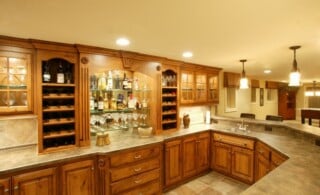 Liquor Cabinets
Liquor Cabinets 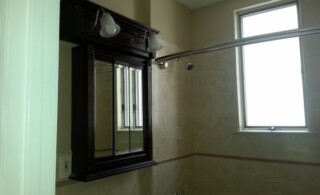 Adding a Wall Cabinet
Adding a Wall Cabinet 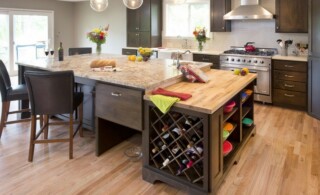 Keeping Those Bottles Tasting Wonderful
Keeping Those Bottles Tasting Wonderful 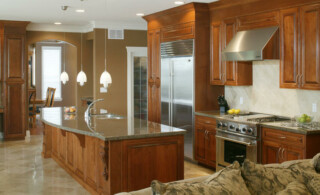 Ideas to Highlight or Downplay Your Kitchen Cabinets
Ideas to Highlight or Downplay Your Kitchen Cabinets 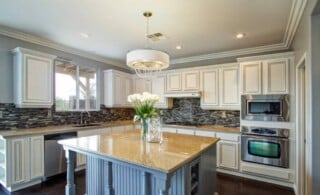 Saving Money with Kitchen Cabinet Refacing or Refinishing
Saving Money with Kitchen Cabinet Refacing or Refinishing 

Are You Familiar With This Topic? Share Your Experience.